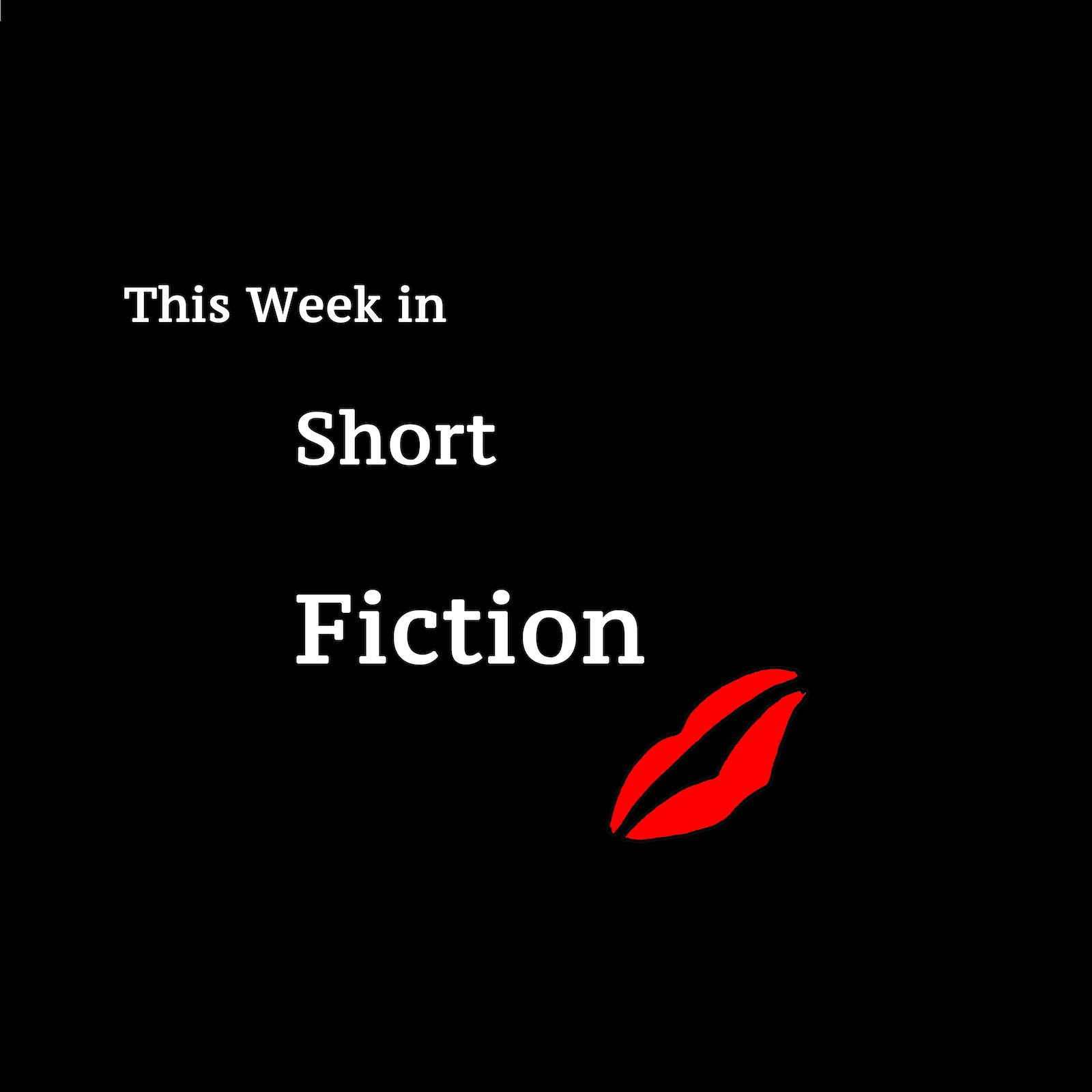At Catapult, Arielle Robbins writes a powerful story of coping with the legacy of sexual abuse. “From the Abuse Survivor’s Workbook” delivers the story, as the title suggests, in segments from the guided-journaling workbook sometimes prescribed as part of therapy, offering glimpses into the memories, anxieties, and daily life of the story’s survivor, Brie. The workbook assignments and Brie’s responses blend together in a way that is sometimes grimly funny, as in the section titled “Letter of Encouragement from a Loved One” that contains only a lukewarm letter of recommendation from a former employer, while others start out innocuously enough and end up outright gutting, as in “Things that Give Me Hope:”
Wild quail in our backyard
Oprah? (Margaret’s suggestion)
Grapes half-frozen in the freezer
The scruff of my dog’s neck
Coming without thinking of being raped
Robbins’s prose is matter-of-fact, with a mood of dreamy detachment, the kind of detachment achieved when the brain cannot process any more emotion, any more trauma, and goes numb in self-defense. At one point, a workbook exercise asks Brie to underline the coping mechanisms that apply to her, and she selects most of the ones presented, including “dissociation.” But while the voice is detached and unemotional, there is a vast current of feeling pushing up just beneath the surface of the prose, hinted at with Robbins’s concise and piercing use of language and metaphor. The stars are “pressed deep in the sky, like gravel in a cut.” Brie’s doctor parses her responses into easily understandable categories, and Brie “can see how someone might give their bodies to doctors like they are gods.” In a section titled “If You Told,” Brie recounts a boy she dated in high school and his response when she tells him about her abuse:
It is weird, he said, to date someone who has been abused. Later, he pushed my head into his lap because I told him I wanted to, not in so many words, but in the grind of my hips against his black jeans, his fat fingers looped around my hips.
“From the Abuse Survivor’s Workbook” is beautifully written and gut-wrenching. One of its themes is the silencing of abuse survivors, which comes through in Brie’s self-censoring and cheerful phone calls with family, in her faked orgasms, in her boyfriend’s opinion that she “should put Woody Allen’s art in perspective because we weren’t in that mansion attic years ago, and who could really say what happened between him and his adopted daughter.” (His adopted daughter, she can.) Though its therapeutic utility for Brie is debatable, these workbook entries are each small acts against that silencing. And the story, even if fiction, is itself an act against that silencing, as well. So this week, go read, and listen.
Margaret teaches me a formula for how to connect with other people. I feel ____ when ____ because _____. I need _____. I think of the video where a girlfriend has an un-rusted nail in her forehead. My head hurts, she says, but I don’t know why, and All my sweaters have snags in them. Her boyfriend keeps trying to tell her it’s probably because she has a gigantic fucking nail lodged in her delicate forehead. You’re not listening, she says. This is not about the nail.
***
Logo art by Max Winter.





